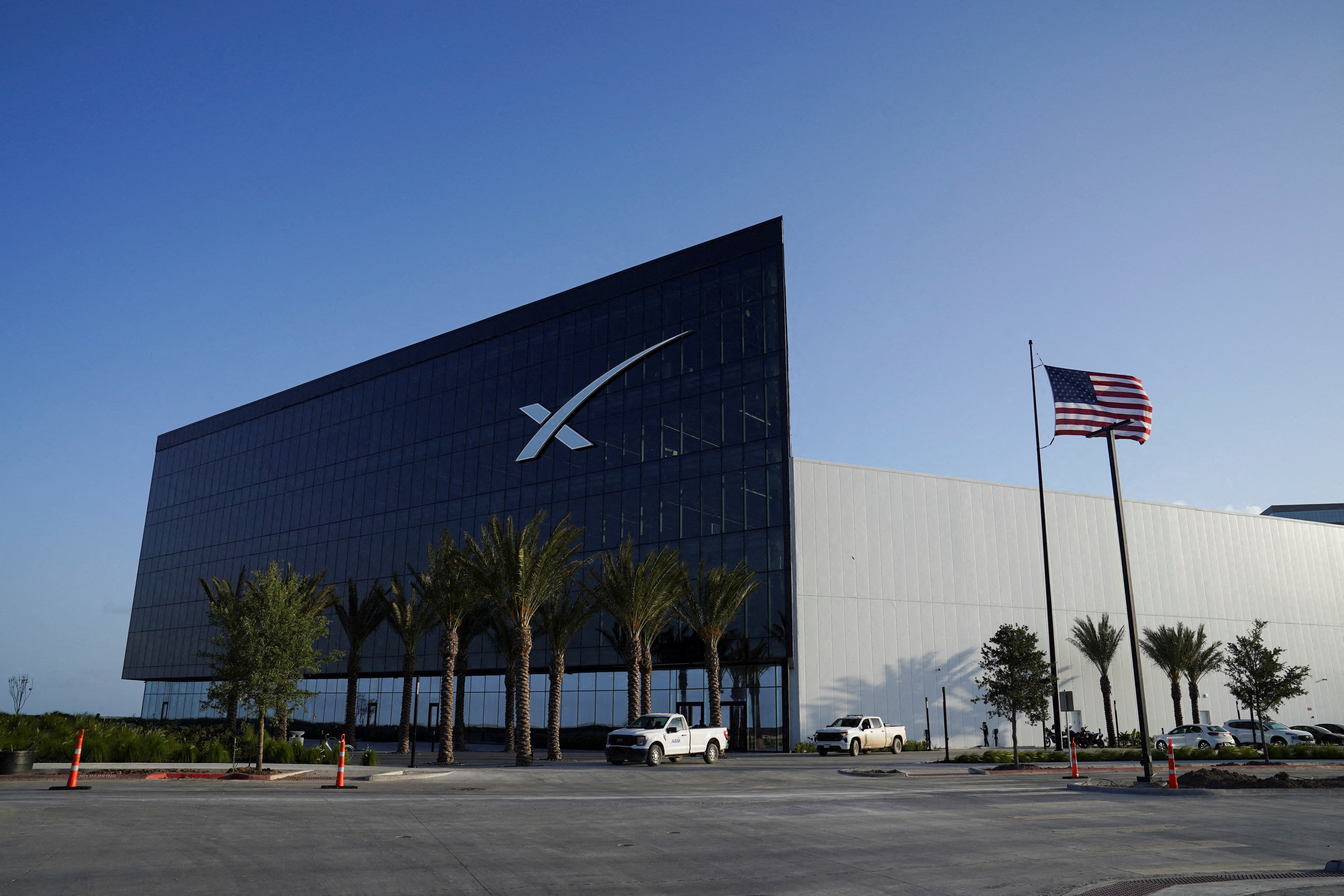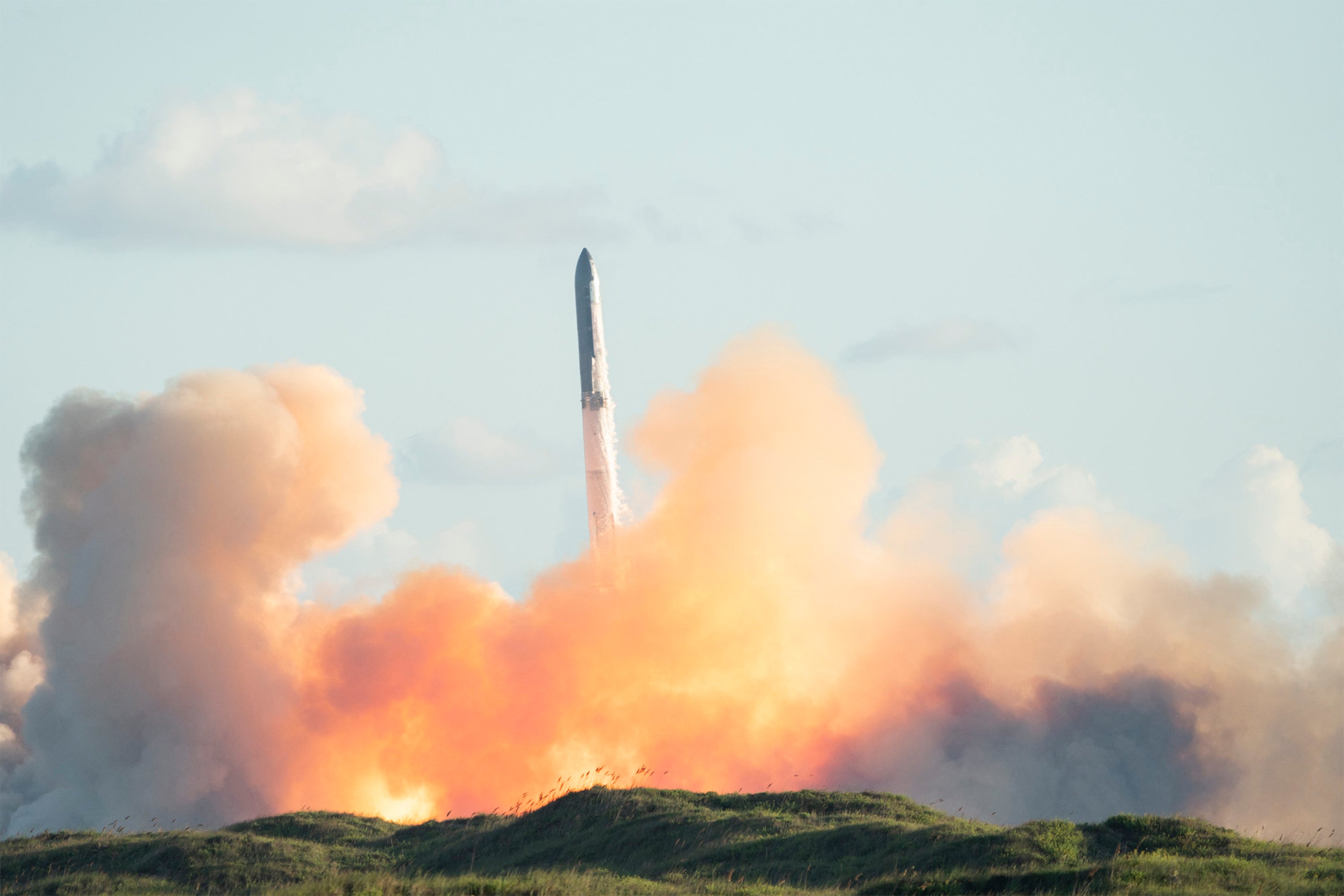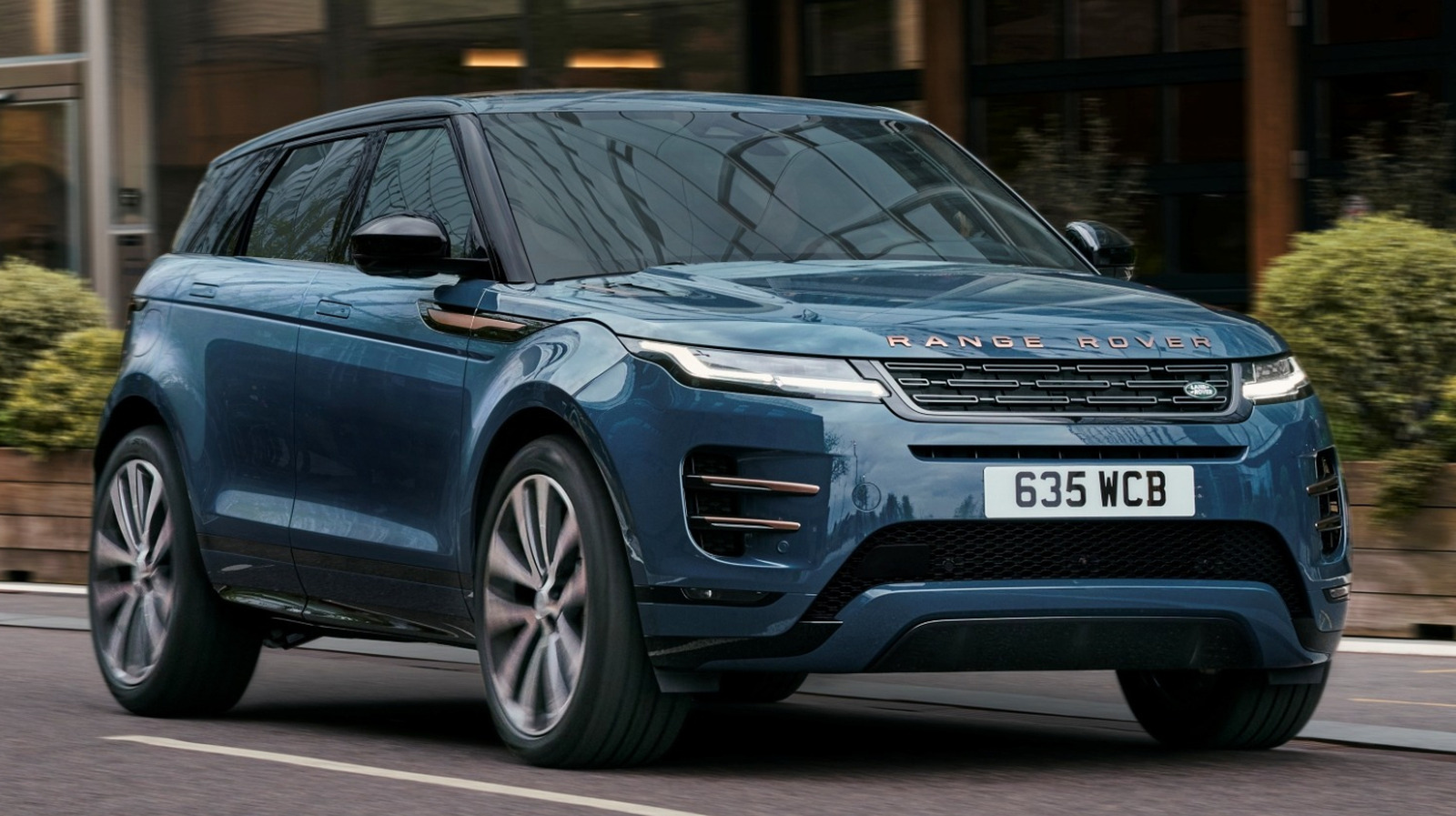- Space
Elon Musk’s company clarified that the mishap occurred before its planned structural strength test
Joey RouletteFriday 21 November 2025 18:45 GMTComments
 CloseSpaceX's 100th mission in 2025
CloseSpaceX's 100th mission in 2025
Sign up to our free weekly IndyTech newsletter delivered straight to your inbox
Sign up to our free IndyTech newsletter
Sign up to our free IndyTech newsletter
 Email*SIGN UP
Email*SIGN UPI would like to be emailed about offers, events and updates from The Independent. Read our Privacy notice
A crucial test for SpaceX's upgraded Starship rocket ended in failure on Friday morning in Texas, potentially complicating the company's ambitions to prove the rocket's moon-landing capabilities for NASA.
Observers captured video footage of the incident.
Elon Musk's SpaceX had moved the upgraded stainless steel Super Heavy booster to a testing pad at its Starbase facilities on Thursday, intending to test its redesigned propellant systems and structural strength.
However, during a test around 4am CT on Friday, live video from the SpaceX-watching group LabPadre showed the towering booster suddenly buckle and release a cloud of gas, suggesting an explosion had ruptured its exterior.
In a statement, SpaceX acknowledged an "anomaly during gas system pressure testing," confirming no injuries.
The company clarified that the mishap occurred before its planned structural strength test. "The teams need time to investigate before we are confident of the cause," SpaceX stated.
The company had hoped to fly the booster, along with its Starship upper stage – which was not involved in Friday's incident – early next year for its 12th Starship flight demonstration since 2023. This setback is now expected to delay that target.
 open image in galleryElon Musk's SpaceX had rolled the stainless steel booster out to a testing pad on Thursday at the company's Starbase rocket facilities, saying it intended to test its redesigned propellant systems and structural strength (REUTERS)
open image in galleryElon Musk's SpaceX had rolled the stainless steel booster out to a testing pad on Thursday at the company's Starbase rocket facilities, saying it intended to test its redesigned propellant systems and structural strength (REUTERS)The company has faced pressure from NASA to advance its whirlwind Starship development program to a new phase of tests involving features related to the rocket's future moon landings, a multibillion-dollar pair of missions for the U.S. space agency that would put the first humans on the lunar surface since 1972.
The mission has made Starship a central component of the U.S. moon program, which is increasingly pressed to achieve a landing before China does around 2030.
NASA's acting and prospective leadership camps have tussled over how best to return humans to the moon while China's space program advances.
The booster that suffered the mishap on Friday was the first of Starship V3, an iteration of the rocket that SpaceX has said packs an array of new designs and features related to the moon program.
SpaceX is known for speedy production of multiple booster iterations as part of its capital-intensive test-to-failure ethos of rocket development.
 open image in galleryThe booster that suffered the mishap on Friday was the first of Starship V3, an iteration of the rocket that SpaceX has said packs an array of new designs and features related to the moon program (AFP via Getty Images)
open image in galleryThe booster that suffered the mishap on Friday was the first of Starship V3, an iteration of the rocket that SpaceX has said packs an array of new designs and features related to the moon program (AFP via Getty Images)But it was unclear whether it readily had another V3 booster it could resume tests with, or by how many months the mishap could set back the Starship program.
Of the five Starship flight tests this year, the first three suffered complex and explosive setbacks before SpaceX resumed steady development progress in August, making for a bumpy year.
Starship's last flight in October was the final test before SpaceX moved to build the V3 version, which it hoped to fly in February 2026.
Starbase, the sprawling SpaceX Starship facilities in south Texas, has had multiple testing explosions in the past.
A Starship booster exploded in a giant fireball on its testing pad in June, sending debris across the U.S.-Mexico border two miles (3.22 km) away and sparking political tension with the country's president.
More about
SpaceXNasaTexasElon MuskflightJoin our commenting forum
Join thought-provoking conversations, follow other Independent readers and see their replies
Comments


